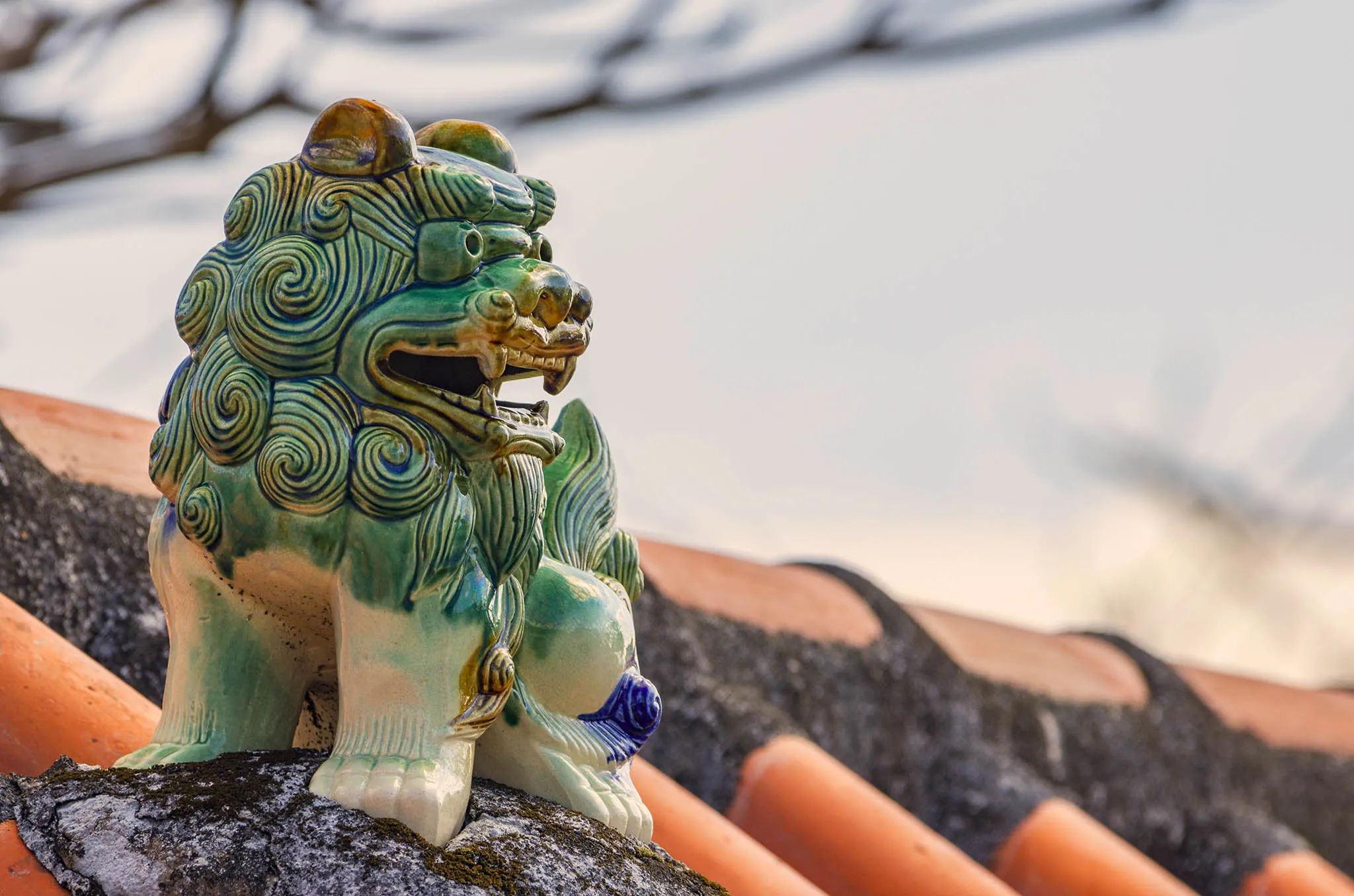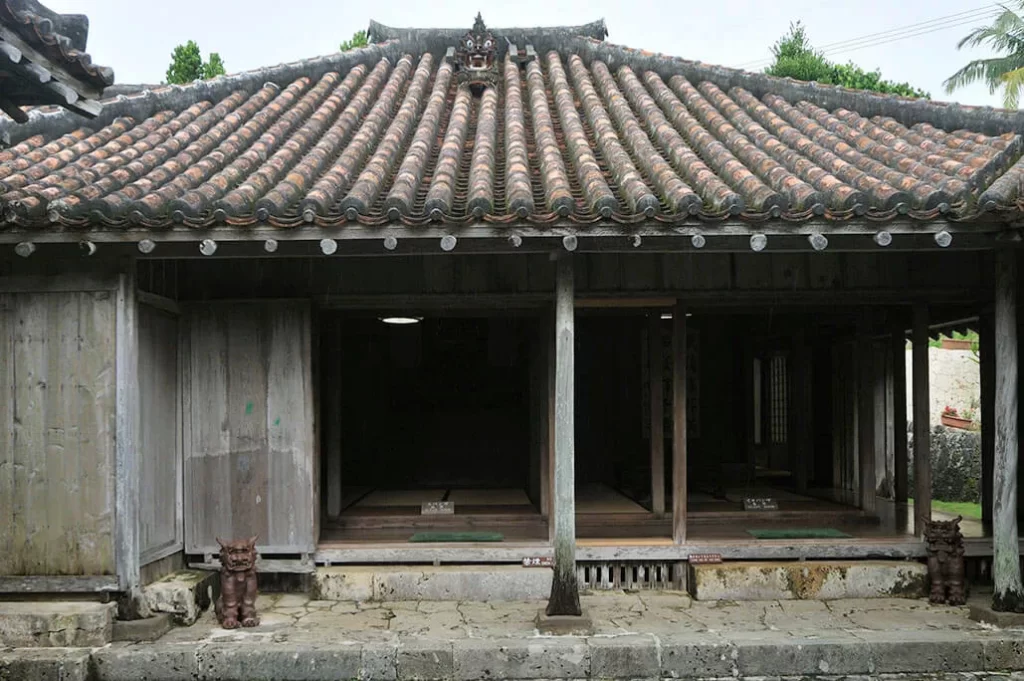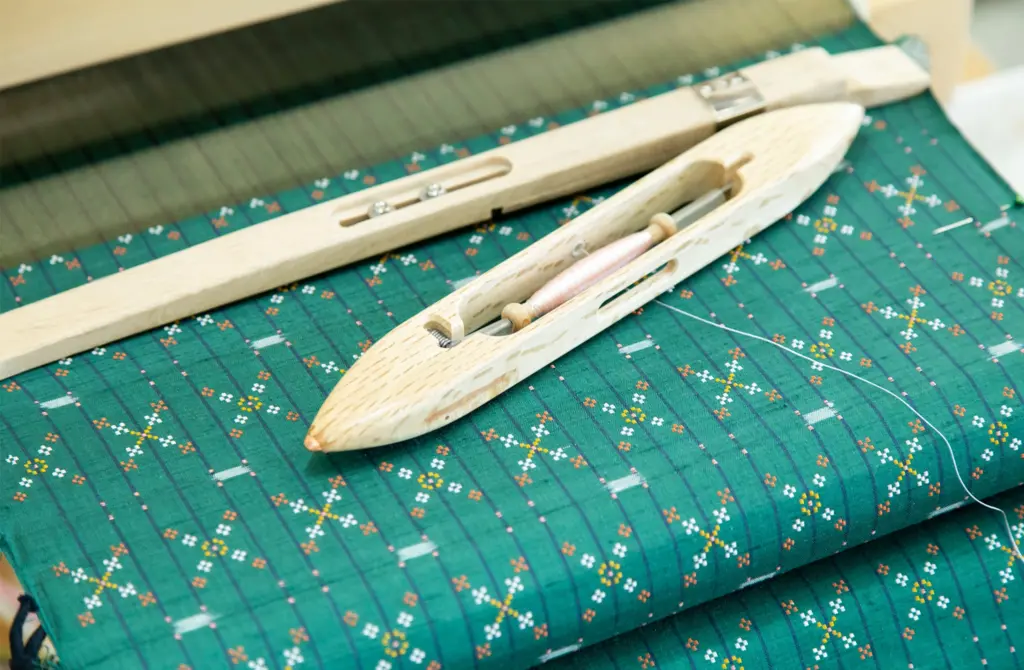Okinawa’s Traditional Calendar
Discover how traditional Okinawan celebrations are tracked using a unique calendar
Many of the events which take place in Japan are based on the solar calendar. But in Okinawa, events and religious ceremonies also follow the old lunar calendar. Both of these calendars have become indispensable, and are now used alongside each other in everyday life throughout the islands.
The lunar calendar
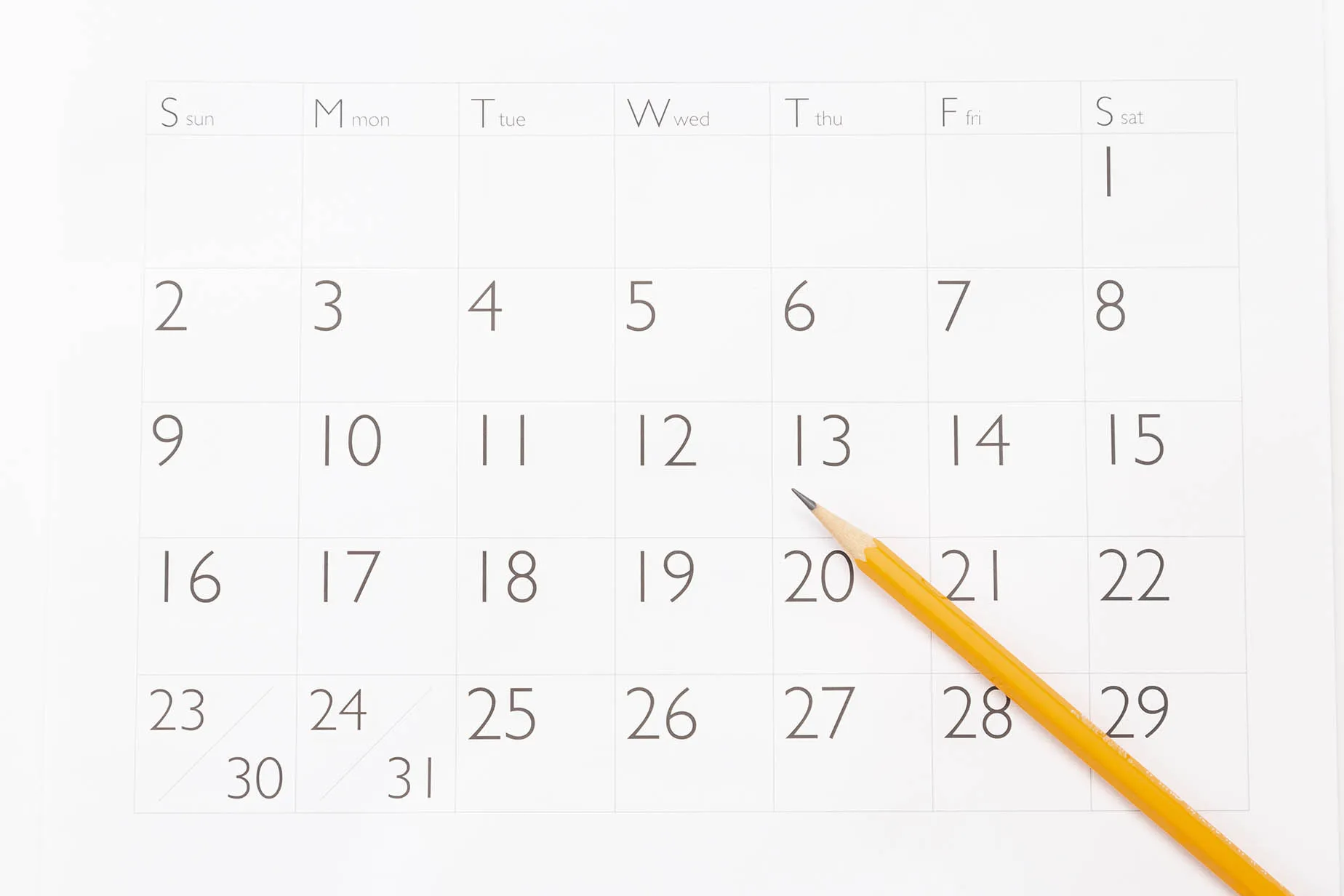
The old calendar is a lunisolar calendar based on the cycles of the moon and the 24 solar periods that correspond with the changing seasons.This old calendar dates back to the Ryukyu Kingdom. It was the foundation for various events and festivals. The calendar became indispensable in dealing with harsh weather conditions, from typhoons and torrential rains to extreme heat. It also allowed people to work out the ebb and flow of the tide, as well as the best time to sow seeds and harvest crops.
Traditional cultural events
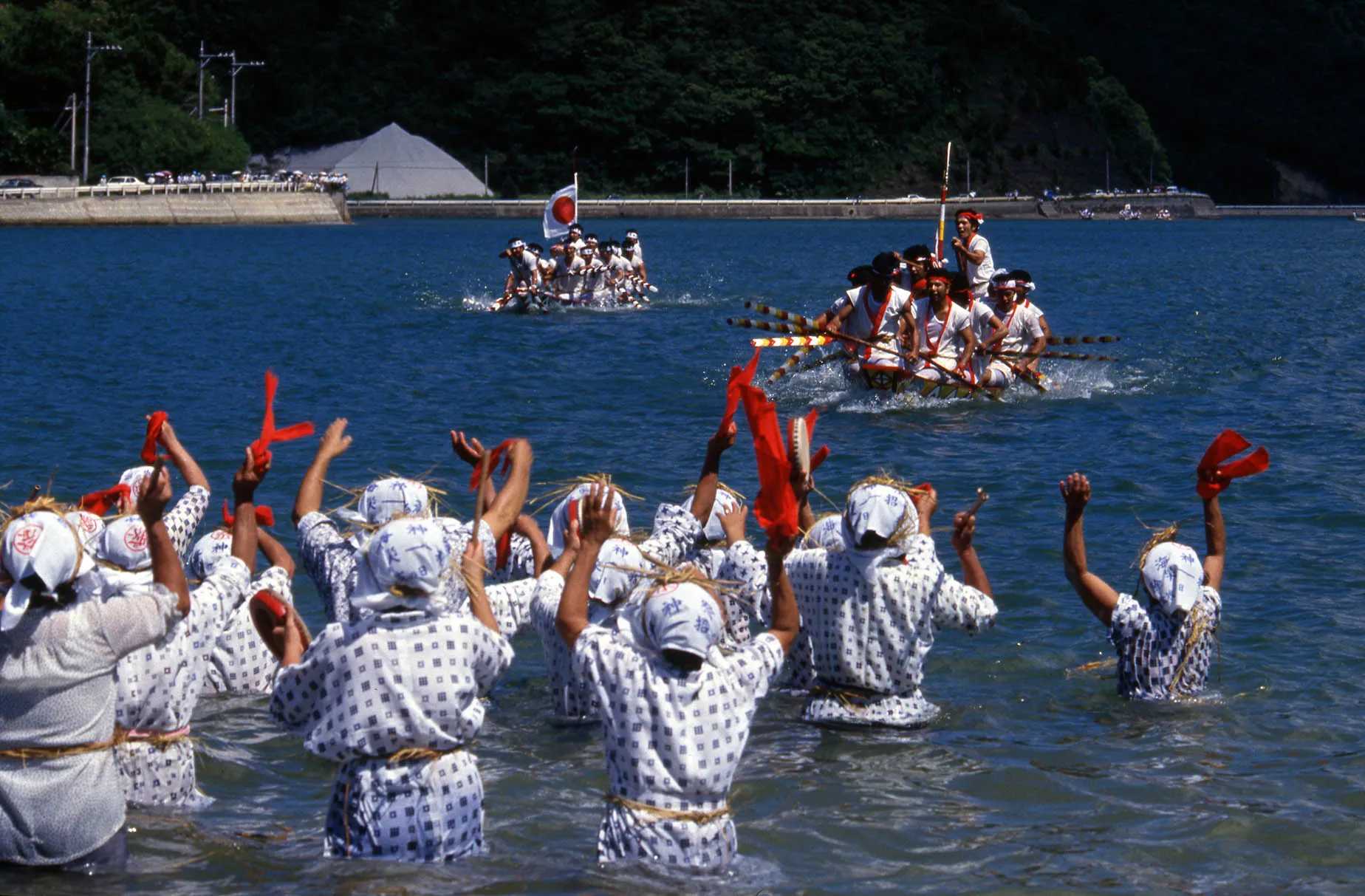
The majority of traditional celebrations that take place throughout the year are prayers and rituals that follow the old lunisolar calendar.
There are many religious rituals and ceremonies that stem from a time when Okinawa was an agricultural society, and typhoons and droughts frequently plagued the islands. The royal government of the Ryukyu Kingdom introduced the idea of solar terms, 24 periods used to denote the changing of the seasons, which they used in conjunction with the lunar calendar to choose the days for various events. Following this format, annual village rituals based on the old calendar became seasonal milestones used by farmers to judge when to plant and harvest crops.
Annual events
These are some of the main events on the lunisolar calendar that are celebrated in Okinawa.
Lunar New Year
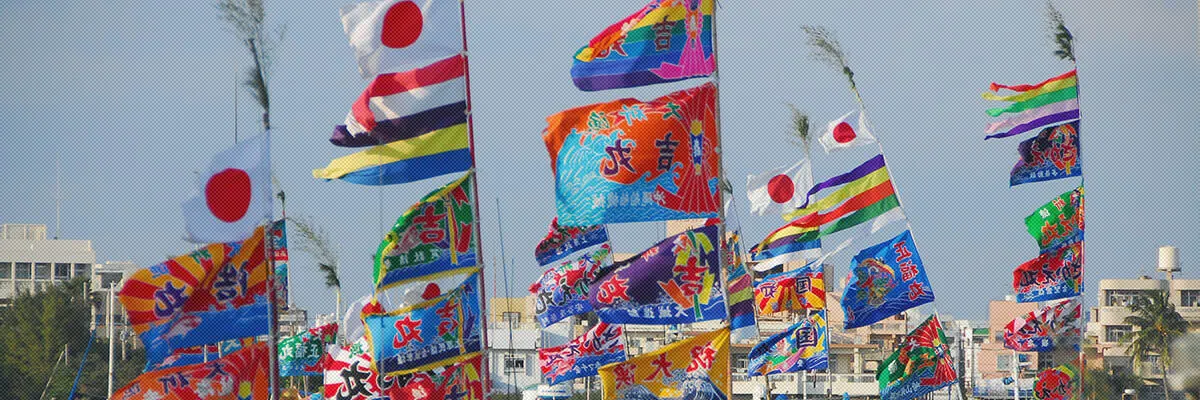
Although it is now popular to celebrate New Year on January 1, there are still families who also celebrate the Lunar New Year (called Soguwachi) in relation to Buddha. When it approaches the end of the year according to the old calendar, which is typically around February, seasonal items such as Soguwachi decorations and holiday food items appear in the shops. At home, people pray for the health and prosperity of their families by offering New Year decorations and food to Buddha.
Women’s Festival
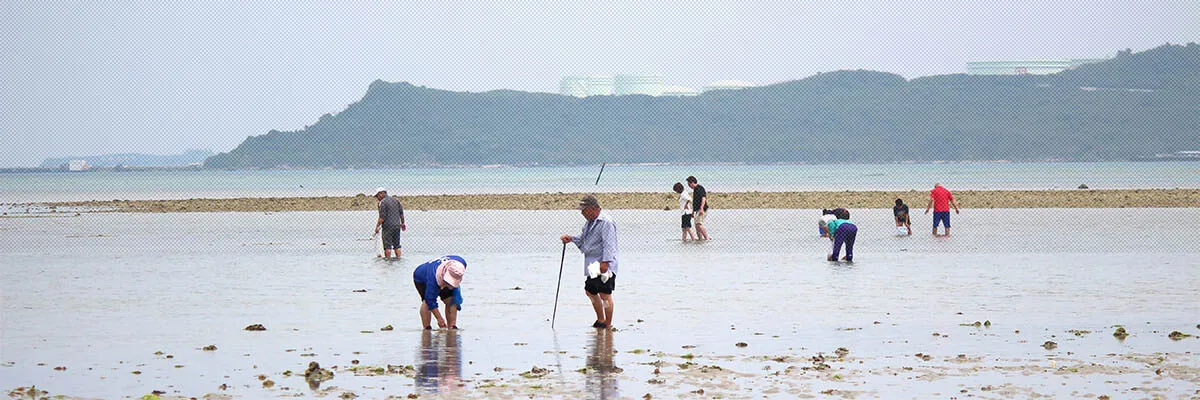
During the Women’s Festival, which is known as Hamauri, women purify themselves by heading down to the beach and plunging their hands and feet into the sea. There are other events to enjoy such as clam digging. It is also customary to bring a variety of dishes in colorful boxes, including rice steamed with adzuki beans, various types of seafood, mugwort mochi and sangwachi-gwashi, a type of confectionery traditionally eaten on this day.
The festival takes place on March 3, which is around the same time as recreational beaches begin to open for swimming. There are also many families who go rock pool fishing and seashell hunting in the shallow waters, which shows how the festivities are evolving to include other fun seaside activities.
Shimi
This custom was introduced to Okinawa through China, and is considered one of Okinawa’s three major events, along with Obon (a summer festival celebrating the spirits of the deceased) and New Years. During this time (usually around mid-March), people visit the graves of their ancestors, clean the gravestones, and then make offerings. It is also common to eat in front of the graves after praying. It is believed that ancestral spirits are able to rest peacefully for another year after seeing their descendants getting on well together and holding a memorial service.
Yukkanuhi Dragon Boat Races
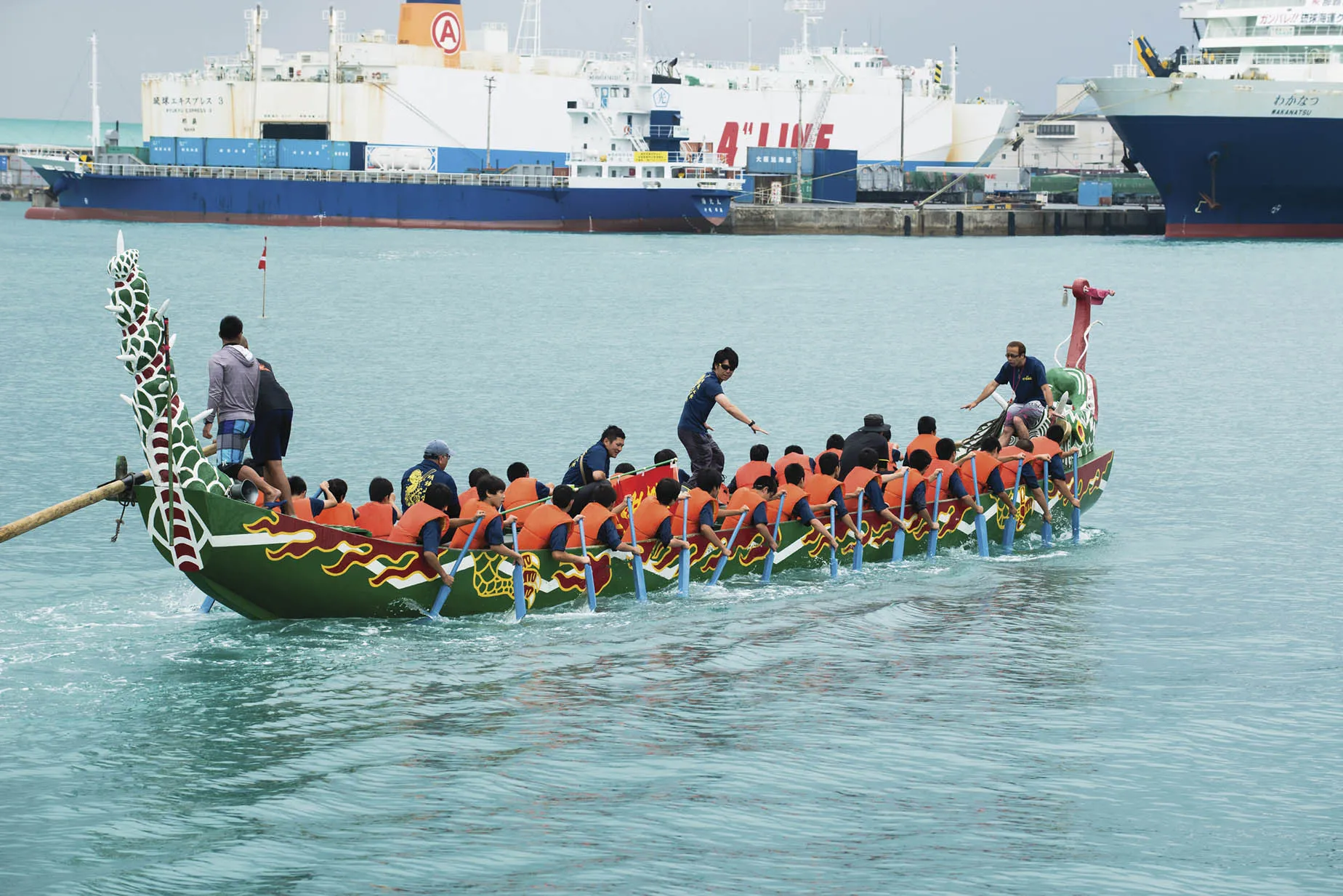
Dragon boat races, known as either hari or hare, are held throughout the prefecture on the nearest national holiday before or falling on May 4th of the old calendar. This is an event which is particularly important for fishermen as it is held to pray for bountiful fishing trips and safe voyages. The hari are deeply connected to Japanese Shinto tradition, and from the early morning, strict rituals take place to worship the deities of the sea.
The Yukkanuhi, which takes place during hari festivals, is observed to pray for the healthy growth of children. Toys are often given as presents, and a special “toy town” is set up near where hari races take place. This is a day to enjoy together as a family, watch the hari races and enjoy popo and chinpin, traditional baked sweets similar to crepes.
June Umachi Tug-of-War
The tug-of-war events that take place throughout Okinawa can be divided into two main categories, the June Umachi, which are held on June 15 to celebrate the rice harvest, and those on August 15. The biggest tug-of-war events in Okinawa are in Yonabaru, Itoman, and Naha. Learn more about Okinawa’s tug-of-war events here.
Obon
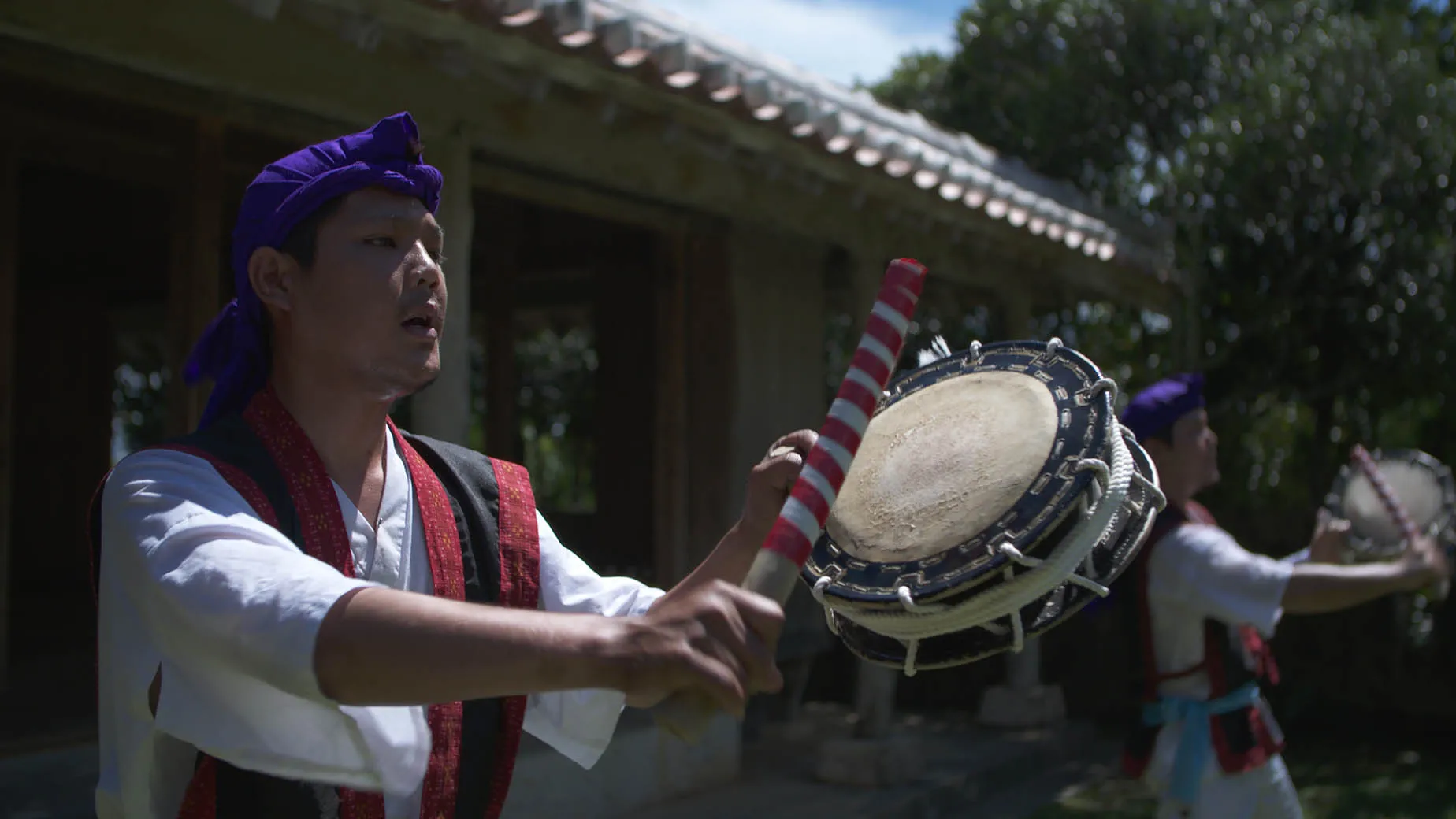
Most of Japan celebrates Obon from August 13 to August 16 each year. In Okinawa, however, Obon takes place from July 13 through July 15 of the lunisolar calendar. During this period, people take gifts to their relatives and offer incense sticks at the family altar. Many people take vacation or leave work early, and there are many companies that suspend operations to celebrate the holiday.
July 13 is Unke, the day when people welcome the spirits of ancestors from the other world. July 15th is Ukui, during which time families enjoy a large dinner together. It is also filled with traditional eisa dancing to send the spirits off. In addition to eisa, lion dances and traditional bar dances are also performed throughout the island during Obon.
Kajimaya Day
Kajimaya is an event on September 7 to celebrate elderly people turning 97 years old. At this age, people are said to become young again and are sometimes given pinwheels, or kajimaya, that children play with as a symbolic return to youthfulness. The Kajimaya Parade is magnificent, and the 97-year-olds ride in colorfully decorated cars through the streets. Their families, relatives, and friends also participate in the parade, and many people flood the streets asking for handshakes for good luck as the celebrated elderly members of the community pass by.
Muchi
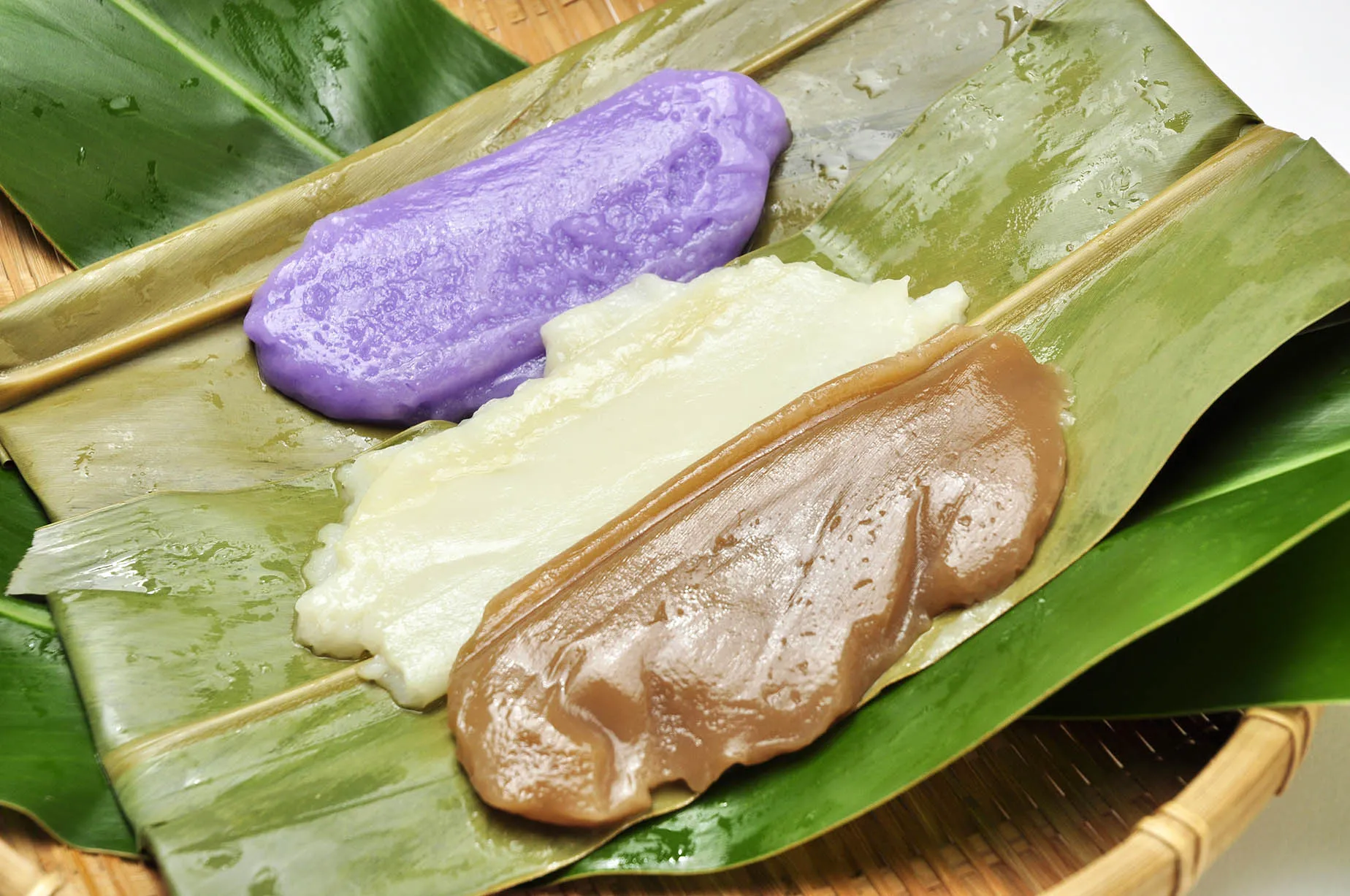
Muchi is a celebration that takes place on December 8. People make offerings of muchi rice cakes steamed and wrapped in the leaves of shell ginger to the god of fire, Hinukan. They also eat them, and leave them at Buddhist altars in the home to pray for health and longevity, and to ward off evil.
The first Muchi festival following the birth of a child is known as Hachi-muchi. It is customary for neighbors and relatives to send muchi to the family. They are sent as a gesture of prayer for the healthy growth of the child, and they also have a practical use—the ginger leaves keep insects at bay. Families also sometimes hang muchi up around the house together to pray for plentiful food and good sustenance.
Uganbutouchi
On December 24, Okinawans celebrate Uganbutouchi. On this day, the fire god Hinukan is said to return to the skies and report to the other gods on the events that have taken place in households and communities during the year. Families share thanks for their fortune and pray that disasters or misfortunes will not befall them. They also pray to Hinukan that he only reports to the gods the good things that have happened, and that he rests up ready for the new year ahead.






















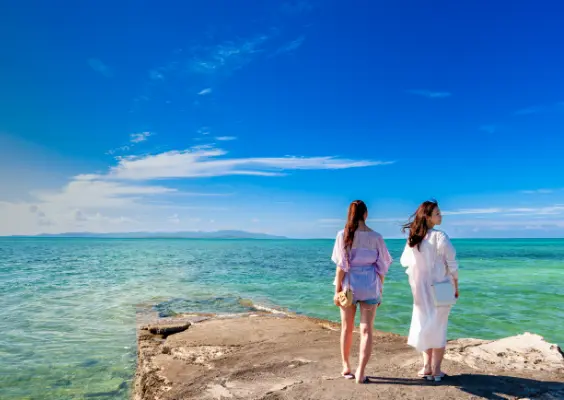
 Facebook
Facebook Twitter
Twitter Copy URL
Copy URL


